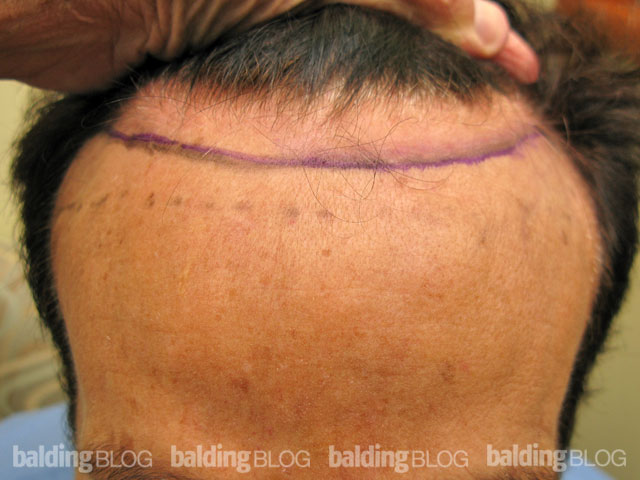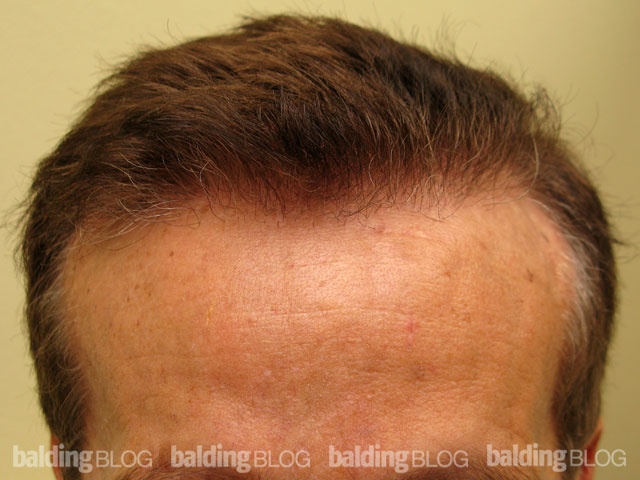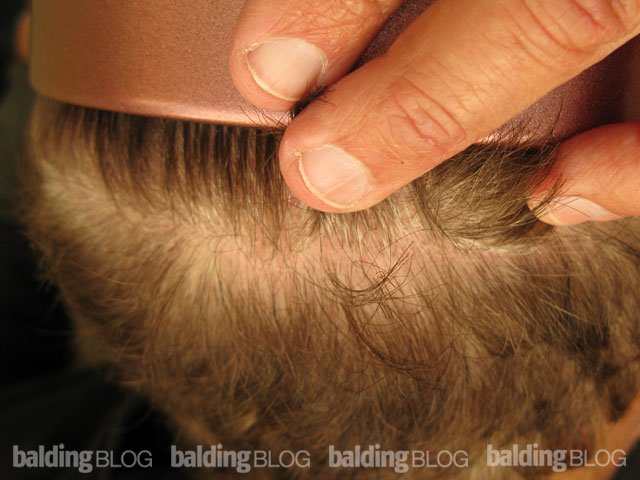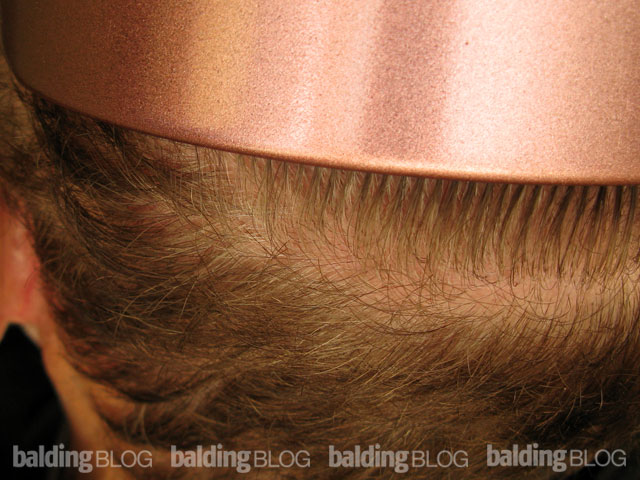Dr. Rassman,
I have a question about scars after one has healed from surgery. Mainly the recipient transplanted sites. I know a doctor will puncture holes to put the grafts in. And my guess is that these holes will eventually have some form of scarring. From your past experience how visible are these scars if one shaves his head, transplanted area not donor area. Will there be tiny white spots on the transplanted area with little holes from the punctures?
My second question relates to FUE mainly from thick coarse arm hair to a missing patch in my lip area. From your experience how is the scaring like on the arm? Since a doctor would removing the hairs on the arm out with FUE. Would the arm area scar less than using FUE hair from the scalp? Let me know, since I am considering using hair from this area. Thanks
Third question, I noticed scars from a hair transplant are usually white. How well does this blend in for asians, from your experience? I am asian with very pale skin.
Thanks!

The recipient sites are made with slits which heal very well and leave no visible scar in most people. The donor area does have whitish scars that can be seen on close inspection if the head was shaved, rarely with the hair long.
I would use scalp hair though, not arm hair for your lip area (I assume you mean moustache). On the arm, I imagine the scarring would be more evident with less hair to cover it.


 Without a
Without a 



 I am fine. Thank you for asking.
I am fine. Thank you for asking.